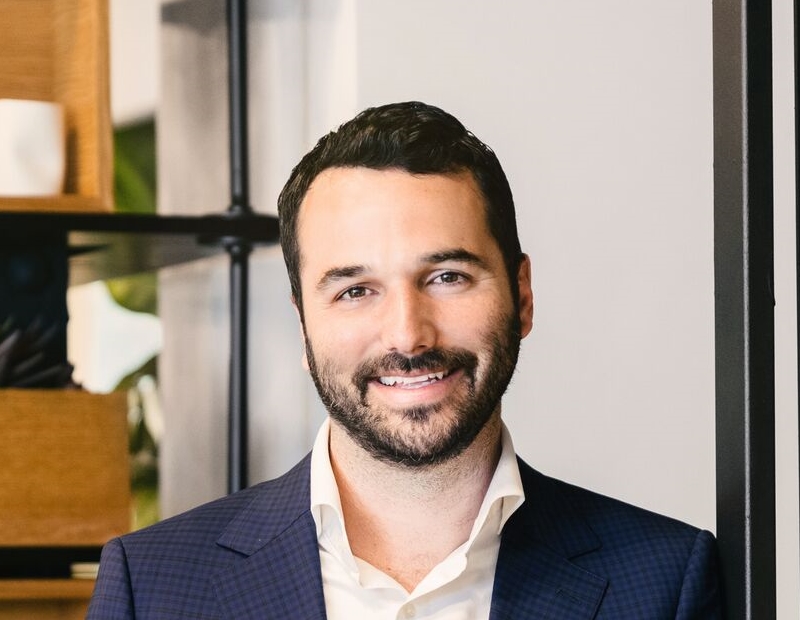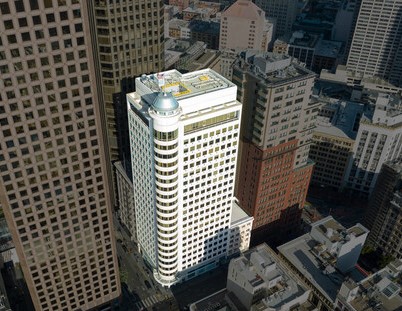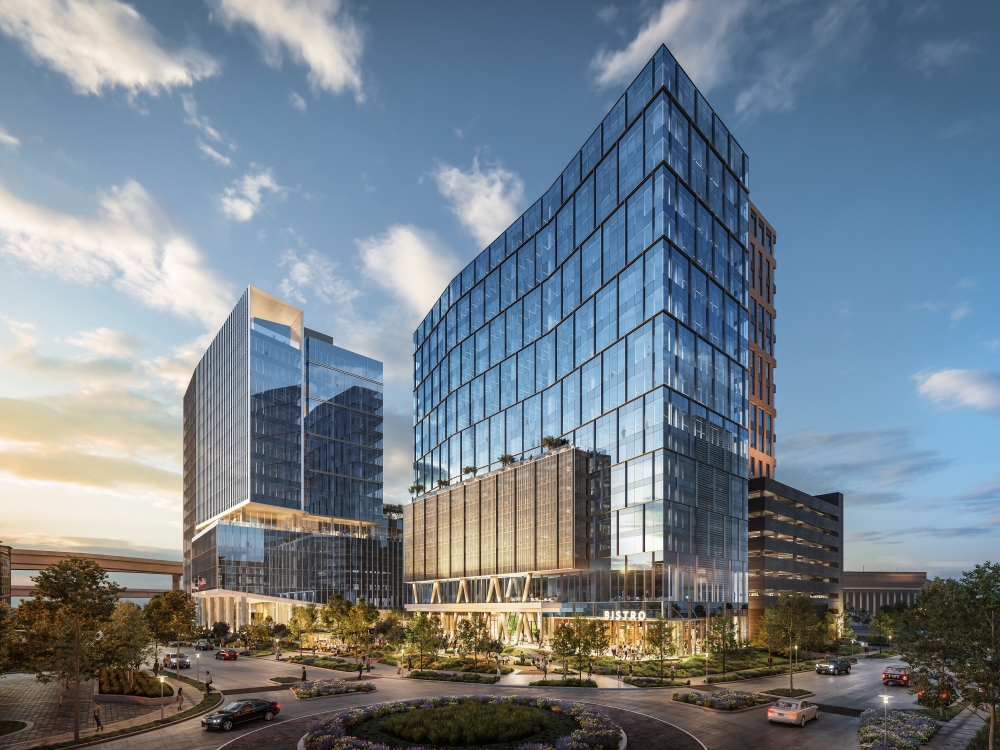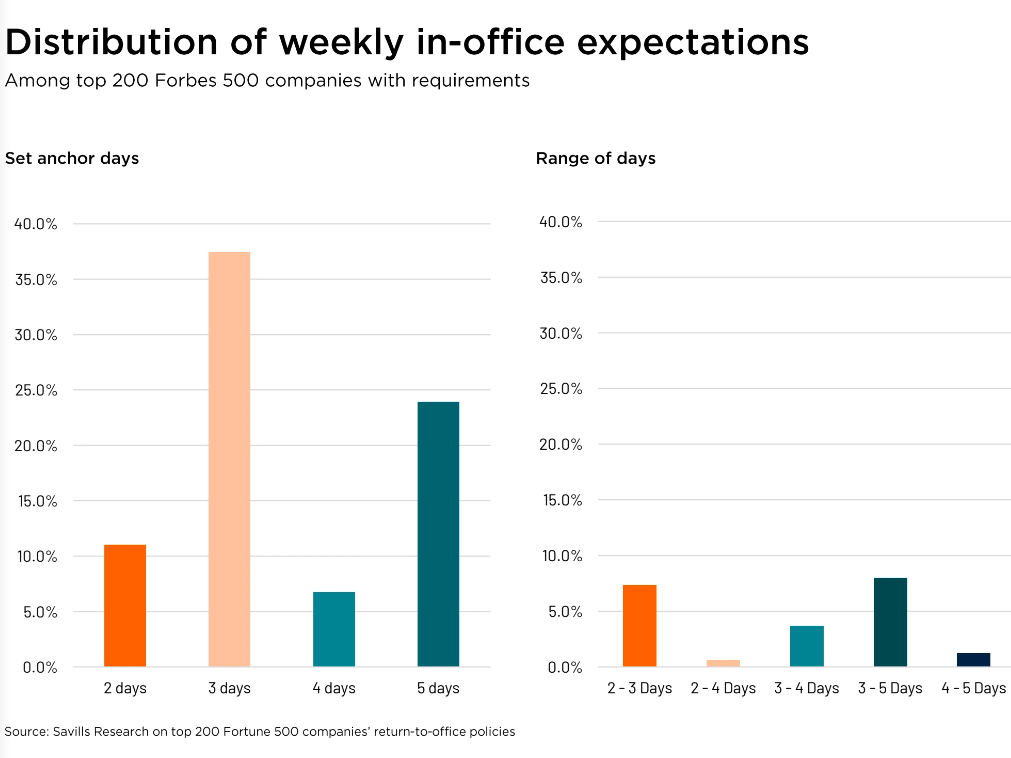Coworking’s Segue From Leases to Landlord Partnerships
Industrious CEO Jamie Hodari shares his insights on what it takes to stay on top of the coworking game in 2020 and explains why there is a need for more transparency in the sector.
The office sector dynamics continue to shift as trends are quickly becoming the widely accepted norm. Coworking is the best example. While big players such as Hines or Tishman Speyer embraced a rather new business model and launched their own platforms, traditional shared space providers also continued to expand throughout 2019 but at a considerably slower pace, especially in the last quarter of the year, CBRE research shows.
Industrious, on the other hand, has been growing by partnering with large players in the office market in order to create next-level flexible workplaces. The shared space provider turned to a partnership-only approach at the beginning of 2018 and has since raised millions of dollars in funding to double its network size and support international expansion.
CEO Jamie Hodari discusses what makes landlord partnerships unique and how they are becoming one of the driving forces behind the sector’s evolution. He also sheds light on how this model has fueled the company’s growth in the last quarters.
READ ALSO: Behind the Scenes of Tishman Speyer’s Flexible Workspaces
How did the coworking sector change since Industrious debuted, in 2013? How do you see it now?
Hodari: When we started Industrious in 2013, the core value proposition in our industry was either flexibility or community. Industrious was the first provider to make the case that companies should hand off their employees’ workplace experience to an expert provider because they’ll have happier, more productive, more engaged employees as a result. Fast forward to today and the promise of a better day at work has become core to the most successful providers in our industry.
If the first big transformation in our industry was the maturation of its value proposition, the second has been the shift in the underlying business model. Nearly two years ago, Industrious stopped signing arm’s length leases with landlords in favor of more sustainable, more tightly aligned partnership agreements. They are certainly more complex and require a strong, consistent operating track record, but they’re the way forward for our industry and it’s been incredible to watch the rapid industry-wide shift to this model. In the fourth quarter of 2019, arm’s length leases were down 80 percent in our industry, to 1 million square feet, while Industrious signed 700,000 square feet of partnership agreements over the same period.
What are the challenges in the sector?
Hodari: It’s not a very transparent sector. For all intents and purposes, there aren’t many public companies in the space and it’s not clear to investors or partners what industry benchmarks should or shouldn’t be. We’re dying to get better data and more consistent information out there, but it’s taking time for there to be broad public understanding of how to understand the economics of the space.
How is Industrious redefining the flexible workspace experience?
Hodari: As the largest premium workplace provider in the U.S., we’ve delivered more than 10 million days at work. That means we’ve developed an expertise in what makes for a productive, engaging day at work, as well as how to deliver options-based work environments for sometimes up to 100 different companies in a single complex.
Describe the types of clients using Industrious’ coworking places.
Hodari: Companies that care the most about their employee productivity tend to be our core customers. That can include small businesses, Fortune 500s and everything in between, but they tend to be focused on industries where talent is a key driver of success. To lean into increasing demand from enterprise clients like Lyft, Hyatt, Humana, Pandora, Instacart, Pinterest, Pfizer, Eventbrite, Zillow, Heineken and Compass, we introduced Canvas by Industrious, our customized large team product.
You have long-term partnerships with various traditional landlords such as Blackstone and Hines to create flexible workplaces. How do these collaborations unfold and flourish under changing economic dynamics?
Hodari: One element that helps make these landlord partnerships flourish is an understanding from day one that what really matters here is working closely together to deliver something transformative to the people who spend day in and day out in their buildings. It really helps to be constantly reminding ourselves it’s not really about Industrious or about these landlords—it’s about the building’s user. That helps resolve any ego issues and gives both parties a North Star when there are difficult decisions to be made.
READ ALSO: Coworking Flexes Its Muscle
The ability to flourish under a wide variety of macroeconomic conditions is part of why asset owners are shifting to partnerships. Coworking locations built on arm’s length leases create a sort of binary outcomes for landlords—they either collect their rent or they wake up one day and the provider has gone bankrupt and the space goes dark. That’s a terrible outcome that magnifies the risk in the business for the operator, the landlord and the customer as well.
In a partnership, if revenue were down 11 percent in a recession, the landlord would be making about 11 percent less. That feels like a much more acceptable risk, especially given our landlord partners currently make about 30 percent above-market rent.
Unlike many other shared space providers, Industrious has been opening locations in cities that are not thought of as tech hubs. How do you identify new locations for your brand?
Hodari: If there are clusters of businesses that care about employee experience and recruiting and retaining great talent, that’s an Industrious market. The tech hub component has never really had much of a correlation with our business performance. It does help if the city has a thriving economy and doesn’t have unduly high vacancy rates, but that’s a slightly different question than how tech a city is.
We have a demand algorithm that has gotten quite accurate over the years and uses dozens of input variables to predict pricing and ramp rate for our units. Having objective data is part of what helped push us out of the trap of only being in desirable gateway markets and into the suburbs, as well as into malls.
What are your company’s expansion plans?
Hodari: We plan on nearly doubling our footprint in 2020. The last quarter of 2019 was our best yet, as we signed 700,000 square feet in landlord partnerships, three times more than what we signed in the previous quarter. We’re at a point where most buildings should have some sort of workplace-as-a-service component to them. Our job is to continue making that case to landlord partners, which has been a successful strategy to date.
How do you see the coworking sector going forward?
Hodari: Outsourcing industries like this tend to see adoption in waves. In the early days, customers needed to validate the attractiveness of the underlying business solution. Then eventually as it matures, customers really push on whether they’re in fact getting a better outcome when an expert does certain services for them rather than when they do it themselves. But once they’ve validated that, the adoption follows fast.
Our industry—among the best providers at least—is at that transition point. And like logistics outsourcing, data storage or manufacturing outsourcing, the ratchet kind of only moves in one direction—once you’ve handed off an internal function to an expert provider and got a better outcome, it’s hard to go back to doing it yourself. This means I think you’re going to see a massive wave of adoption over the next decade.
Think of it this way: Every year we get more data, more experience, more product lines and features to deliver employees that 99 percent of occupiers simply aren’t big enough to deliver outside of their headquarters. Every quarter we learn more about what drives employee productivity and engagement and what doesn’t, so we double down on those things and keep on refining processes. The speed at which we’re improving our workplace offering is improving at a rate of around two times faster than traditional forms of tenancy. Imagine what that will look like seven or eight years from now.










You must be logged in to post a comment.